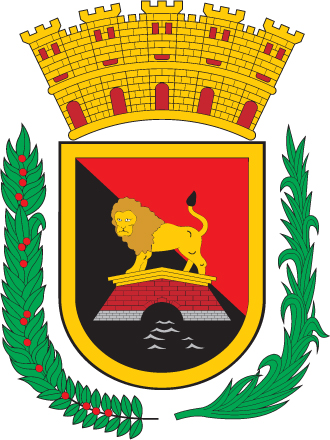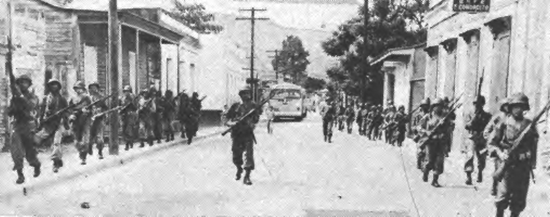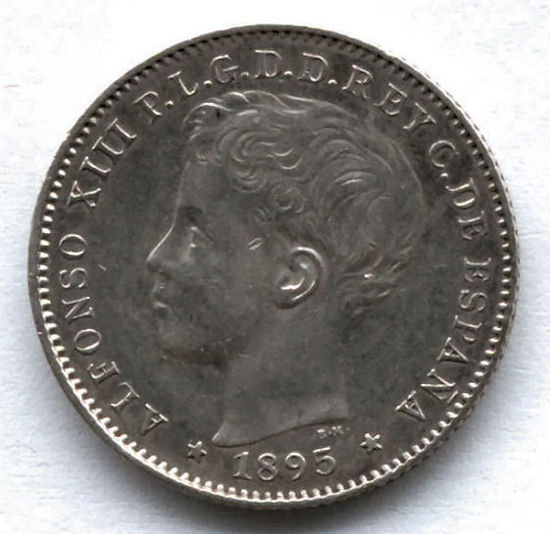Musical instruments of Puerto Rican music have roots in the cultures of Puerto Rico’s Taino, Spanish, and African traditions. Musical instruments used in Puerto Rican music are well known instruments used in present day music. These instruments would include such intrument as the saxophone, trombone, trumpet, cello and violin.The other instruments that are typically used in the various types of Puerto Rican music are not as well known to main stream music audiences.some where used by the navives of Puerto Rico the Taino indians others where invented in Puerto Rico and still others have roots in the african culture brought over to Puerto Rico during the slave trades. I will try to name and explain the not so well known instruments in the folowing pages.
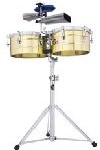 Timbales: which are a set of drums consisting of two drums with different pitches, and two cow bells,cymbals and sometimes also it will include a woodblock. The two drums are made of metal and have adjustable skins stretched over the heads. The drums are mounted on a stand which also serves to attach cowbells and cymbals. The drums are played with dowel-like sticks but may also be played with the bare hand Using the sides of the drum as well as on the drum heads. The sound of the timbales is best demonstrated by the famous artist Tito Puente as is in the song: El Timbalon.
Timbales: which are a set of drums consisting of two drums with different pitches, and two cow bells,cymbals and sometimes also it will include a woodblock. The two drums are made of metal and have adjustable skins stretched over the heads. The drums are mounted on a stand which also serves to attach cowbells and cymbals. The drums are played with dowel-like sticks but may also be played with the bare hand Using the sides of the drum as well as on the drum heads. The sound of the timbales is best demonstrated by the famous artist Tito Puente as is in the song: El Timbalon.
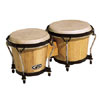 Bongos: are a variety of small drums, derived from African roots.It consists of a pair of unequal sized small drums that are joined together. The smaller drum is called the “male”, or minor drum, while the larger is the “female” or major drum. They are mainly played sitting down, held between the knees.
Bongos: are a variety of small drums, derived from African roots.It consists of a pair of unequal sized small drums that are joined together. The smaller drum is called the “male”, or minor drum, while the larger is the “female” or major drum. They are mainly played sitting down, held between the knees.
 Congas: The conga is an ancient musical instrument not originally from Puerto Rico. The conga drum was adapted from Africa where it began as solid, hollowed out log with a nailed-on skin. There are four different sizes of conga drums. The largest is called the tumba, and the smallest is called the niño. Some artists use a set of all four sizes. The conga has an adjustable skin. Regardless of its design, this instrument is an important part of the percussion section
Congas: The conga is an ancient musical instrument not originally from Puerto Rico. The conga drum was adapted from Africa where it began as solid, hollowed out log with a nailed-on skin. There are four different sizes of conga drums. The largest is called the tumba, and the smallest is called the niño. Some artists use a set of all four sizes. The conga has an adjustable skin. Regardless of its design, this instrument is an important part of the percussion section
 Palitos: They are perhaps the most ancient or primitive musical instrument, a pair of “sticks” that are banged together to provide percussion rhythm.Palitos are usually two cylindrical hardwood sticks approximately 20 – 25 cm long and about 2.5 – 3 cm in diameter. They are played by laying one stick acoss the palm of the hand so that one end rests lightly on the fingertips. This makes the sound of the stick resonate when it is struck by the other stick, which is held between the thumb and first two fingers of the other hand.
Palitos: They are perhaps the most ancient or primitive musical instrument, a pair of “sticks” that are banged together to provide percussion rhythm.Palitos are usually two cylindrical hardwood sticks approximately 20 – 25 cm long and about 2.5 – 3 cm in diameter. They are played by laying one stick acoss the palm of the hand so that one end rests lightly on the fingertips. This makes the sound of the stick resonate when it is struck by the other stick, which is held between the thumb and first two fingers of the other hand.
 Güiro: Traditional Puerto Rican musical intruments are believed to have originated with the Taino people. Most noteworthy is the güiro, a notched hollowed-out gourd. The güiro is made by carving the shell of the gourd and carving parallel fluting on its surface. It is played by holding the güiro in one hand with the thumb inserted into the back sound hole to keep the instrument in place. The other hand usually holds the scraper and plays the instrument. The scraper is more properly called a “pua”. A rhythmic, rasping sound is produced. Playing the güiro usually requires both long and short sounds, which are made by scraping both up and down in long or short strokes. The size of the güiro can vary widely although it typically ranges from 25 – 35 cm long.
Güiro: Traditional Puerto Rican musical intruments are believed to have originated with the Taino people. Most noteworthy is the güiro, a notched hollowed-out gourd. The güiro is made by carving the shell of the gourd and carving parallel fluting on its surface. It is played by holding the güiro in one hand with the thumb inserted into the back sound hole to keep the instrument in place. The other hand usually holds the scraper and plays the instrument. The scraper is more properly called a “pua”. A rhythmic, rasping sound is produced. Playing the güiro usually requires both long and short sounds, which are made by scraping both up and down in long or short strokes. The size of the güiro can vary widely although it typically ranges from 25 – 35 cm long.

